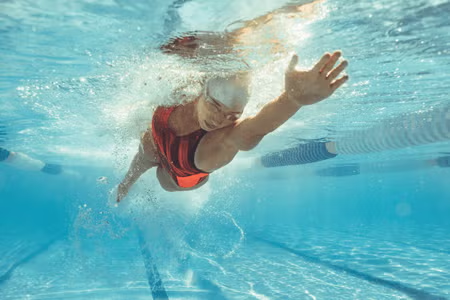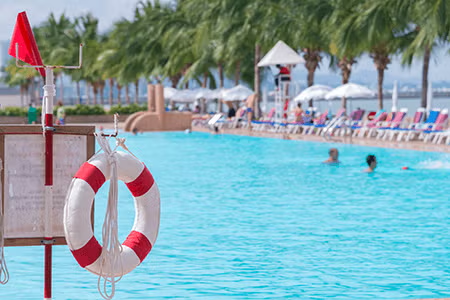As summer approaches, many of us eagerly anticipate long days by the pool, beach outings, and a general love for all things aquatic. But have you ever wondered what keeps that sparkling blue pool water safe and clean? The answer lies in the fascinating world of chlorine chemistry.
The Essential Role of Chlorine
Chlorine is an essential chemical element with the symbol Cl and atomic number 17. It’s a member of the halogen group in the periodic table, known for its high reactivity and ability to form compounds with most elements. But when it comes to summer, chlorine's role in water sanitation truly stands out.
Chlorine in Swimming Pools

Swimming pools are a quintessential part of summer fun, and chlorine helps keep them safe. When chlorine is added to pool water, it undergoes a series of chemical reactions that produce hypochlorous acid (HOCl), which is a highly effective disinfectant. This compound works to kill harmful bacteria, viruses, and other microorganisms that can pose health risks to swimmers.
How It Works:
- Disinfection: Chlorine effectively destroys pathogens like bacteria and algae by breaking down their cell walls and disrupting their internal enzymes.
- Oxidation: It also oxidizes organic contaminants such as sweat, urine, and body oils, which helps to prevent unpleasant odors and cloudy water.
- Residual Protection: Unlike some disinfectants, chlorine remains active in the water, providing ongoing protection as new contaminants are introduced.
The Science Behind Chlorine’s Power
Chlorine’s effectiveness as a disinfectant stems from its high reactivity, enabling it to bond with and neutralize a wide variety of harmful substances. Its potency is particularly notable due to its ability to penetrate and destroy the cell walls of microorganisms.
Balancing Act: Maintaining Optimal Chlorine Levels
For chlorine to work its magic, it’s crucial to maintain the right balance. Too little chlorine, and harmful microorganisms can thrive. Too much, and the water can become irritating to the skin and eyes. Pool owners often use test kits to monitor chlorine levels, helping ensure they stay within the ideal range of 1-3 parts per million (ppm). Also, proper pH is essential for chlorine to do its job. The ideal pH range is 7.2 to 7.6. Also, be sure to keep stabilizer below 100 ppm. Stabilizer (or CYA) helps slow down the dissipation of chlorine due to the sun’s ultra-violet rays. Keeping stabilizer measurements within 20-50 ppm is a good rule of thumb.
Tips for Pool Owners:
- Regular Testing: Use pool testing kits to check chlorine levels at least twice a week.
- Shock Treatment: Occasionally, pools require a higher dose of chlorine to "shock" the system and eliminate any buildup of contaminants. After shocking, remember not to enter the pool until the chlorine level is between 1-3 ppm. Some pool owners shock at night, when the pool is not in use.
- Proper Storage: Store chlorine products in a cool, dry place away from direct sunlight to maintain their potency.
Beyond the Pool: Chlorine’s Role in Public Health

While pools are a familiar setting for chlorine chemistry, this versatile element plays a broader role in protecting public health. Chlorine is widely used in municipal water treatment facilities to purify drinking water, making it safe for consumption. It’s also a key component in the production of disinfectants and bleach, essential for maintaining hygiene in hospitals, homes, and public spaces.
Safety First: Handling Chlorine
Chlorine is a powerful chemical and should be handled with care. Always follow the manufacturer’s guidelines when adding chlorine to your pool or using chlorine-based cleaning products. Wear protective gloves and goggles to prevent skin and eye irritation and ensure good ventilation when using chlorine indoors. For more information on the safe and effective use of chlorine, visit the Chlorine Institute.
Dive Deeper into Chlorine Chemistry
Chlorine chemistry is a vast and intriguing field with applications that go far beyond our summer swimming pools. From safeguarding our drinking water to producing everyday household products, chlorine continues to play a vital role in modern life. As you enjoy the sunny days ahead, take a moment to appreciate the science that helps keep your summer safe and sparkling clean.
Happy swimming, and here’s to a chlorine-clear summer!
Learn more at https://www.chemicalsafetyfacts.org/health-and-safety/how-chlorine-keeps-pools-safe-for-summertime-fun/.